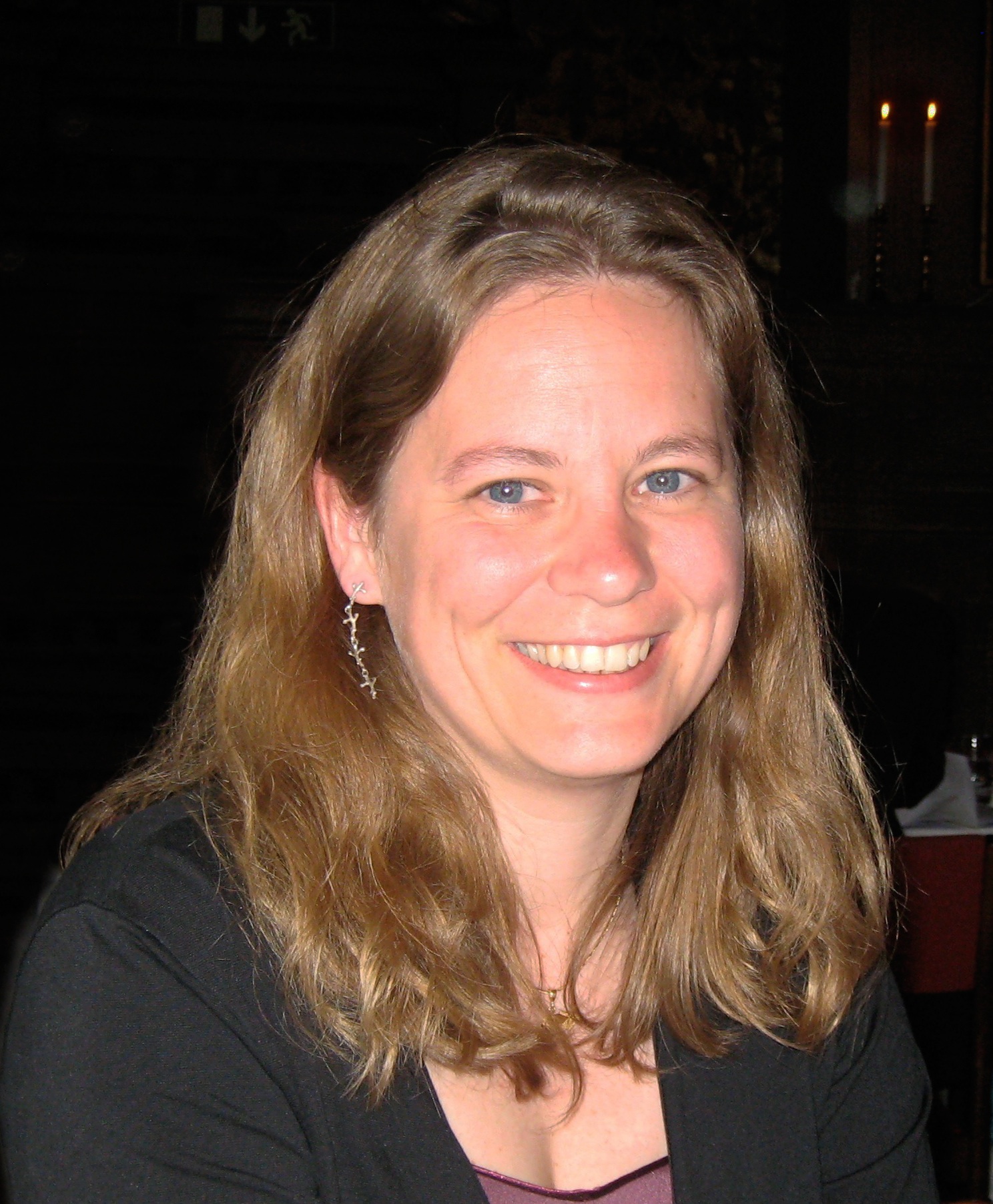
Prof. Els Peeters
University of Western OntarioEmail: epeeters@uwo.ca
 |
Prof. Els PeetersUniversity of Western OntarioEmail: epeeters@uwo.ca |
Canadian astronomers have front-row seats to the spectacular new science that is being revealed by the James Webb Space Telescope (JWST) – from the smallest scales such as solar system bodies or exoplanets to the scale of distant galaxies and the structure of the Universe. This new science is the result of JWST being bigger and vastly more sensitive than the Hubble Space Telescope, and of JWST having infrared vision that allows us to peer through the dust that obscures many astrophysical processes at optical wavelengths. I will focus in particular on the breathtaking JWST observations of the Orion nebula, the nearest stellar nursery. With these observations, we can directly observe and study the interaction of young stars with their natal cloud. I will show how JWST allows us to study the physical processes that affect star and planet formation in groundbreaking new ways.
Els Peeters is an astrophysicist at Western University. She holds an MSc degree in Physics from the Catholic University of Leuven and a European MSc in Astronomy and Astrophysics. She obtained her Ph.D. in Astronomy at the University of Groningen in the Netherlands. She then spent several years at the NASA Ames Research Center and the SETI Institute before becoming professor in the department of Physics and Astronomy at the University of Western Ontario. Her research focuses on the physics and chemistry of interstellar carbonaceous molecules and dust in space. She is currently studying star formation and interstellar gas and dust in the Milky Way and nearby galaxies using infrared observations from the James Webb Space Telescope. She is leading the JWST Early Release Science program: “PDRs4All: Radiative feedback from massive stars”.